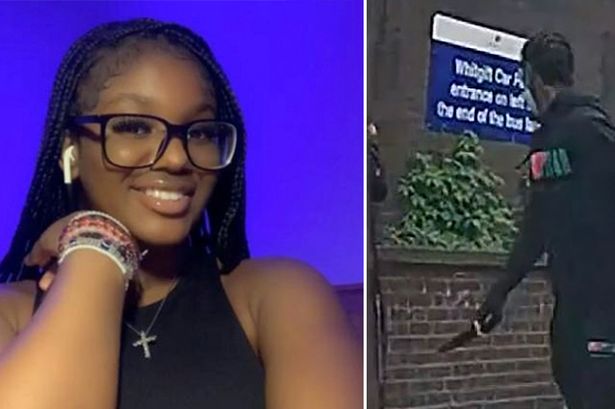The tragic case of Elianne Andam, a 15-year-old girl whose life was cut short by a senseless act of violence, underscores the devastating consequences that can arise from seemingly minor disputes. Elianne’s involvement stemmed from a conflict between her friend and the friend’s ex-boyfriend, Hassan Sentamu. In a misguided display of loyalty, Elianne took a bag belonging to Sentamu, an act that escalated into a fatal confrontation. This impulsive gesture, intended as a symbol of solidarity with her friend, tragically transformed a petty squabble into a horrific crime, leaving a family shattered and a community grappling with the profound loss of a young life brimming with potential. The incident serves as a stark reminder of the importance of conflict resolution and the dangers of escalating disagreements, particularly amongst young people.
The seemingly trivial nature of the initial disagreement magnifies the tragedy of Elianne’s death. What began as a falling out between two individuals spiraled into an act of extreme violence, demonstrating how quickly situations can deteriorate when emotions override reason. The theft of the bag, while undoubtedly wrong, was hardly an offense that warranted such a brutal response. This disproportionate reaction highlights the critical need for intervention and conflict resolution strategies, especially within peer groups and among teenagers, to prevent minor disputes from escalating into life-altering tragedies. Elianne’s death underscores the fragility of life and the urgent need for programs and initiatives that promote peaceful conflict resolution and emotional regulation in young people.
The incident also raises important questions about the role of peer pressure and the dynamics of adolescent relationships. Elianne’s decision to take the bag was reportedly motivated by a desire to support her friend. This suggests a dynamic where loyalty and solidarity, while valuable qualities, may have overridden sound judgment. It’s crucial for young people to understand the importance of making independent decisions and resisting the pressure to engage in behavior that could have negative consequences. The case serves as a tragic example of how easily young people can be influenced by their peers and the potentially devastating outcomes that can result. Promoting critical thinking, assertive communication, and healthy relationship dynamics is vital in equipping young individuals to navigate the complexities of peer relationships and avoid dangerous situations.
The focus should now be on preventing similar tragedies from occurring in the future. This requires a multi-pronged approach encompassing education, community engagement, and accessible mental health resources. Schools can play a critical role by implementing programs that teach conflict resolution skills, promote empathy and understanding, and address issues such as bullying and peer pressure. Parents and community leaders also have a responsibility to create an environment where young people feel safe seeking help and guidance when faced with challenging situations. Furthermore, providing accessible mental health services can help individuals manage anger, impulsivity, and other emotional challenges that can contribute to violent behavior.
Beyond the immediate tragedy, Elianne’s death compels a deeper reflection on societal influences that contribute to violence. Factors such as social inequality, lack of opportunity, and exposure to violence in the media can create a climate where aggression and conflict are normalized. Addressing these systemic issues requires long-term commitment from policymakers, community organizations, and individuals alike. By working together to create a more just and equitable society, we can hope to reduce the incidence of violence and create a safer environment for all young people. Elianne’s story should serve as a catalyst for change, prompting communities to invest in preventative measures that address the root causes of violence.
The profound loss of Elianne Andam serves as a stark reminder of the value of human life and the devastating consequences of unchecked anger and violence. Her story underscores the importance of early intervention, conflict resolution, and building a culture of peace and understanding within our communities. While the pain of her absence will undoubtedly linger, her legacy should inspire a renewed commitment to preventing similar tragedies and fostering a future where young people are empowered to resolve conflicts peacefully and live their lives to the fullest potential. Remembering Elianne and learning from this tragic event is a crucial step towards building a safer and more compassionate world for future generations. Her story is a call to action for all of us to work towards creating a society where such senseless acts of violence are unthinkable.














